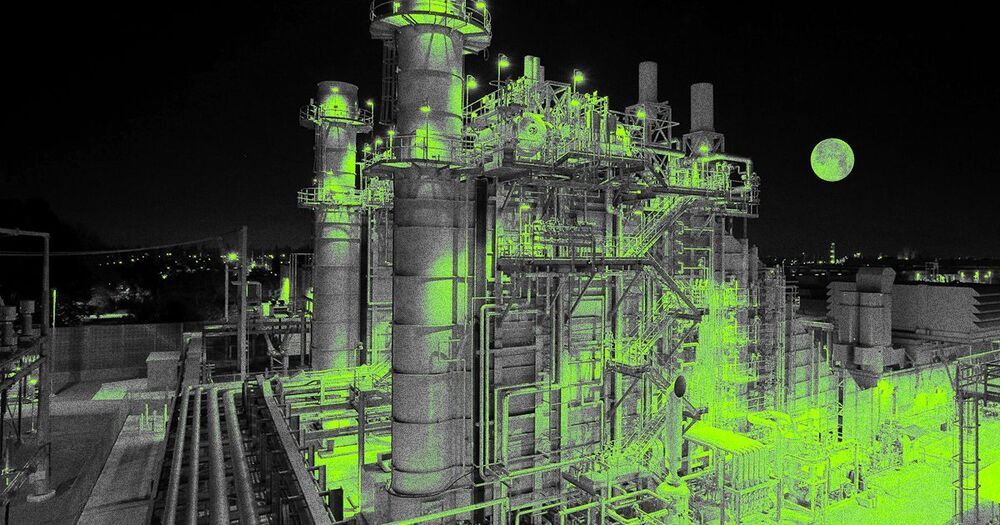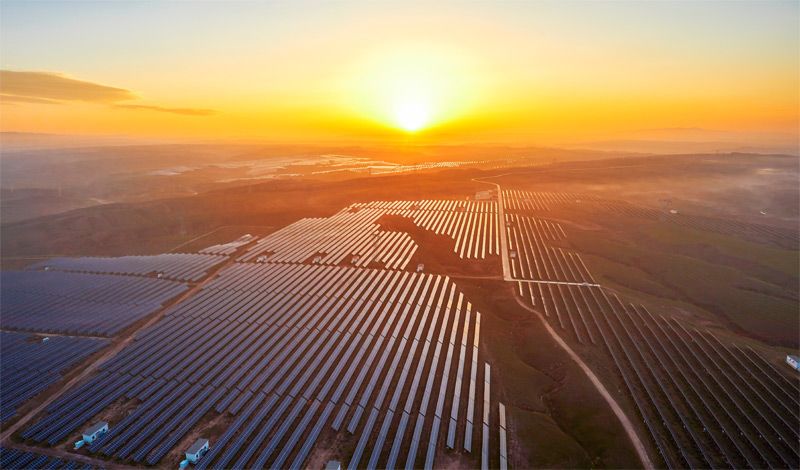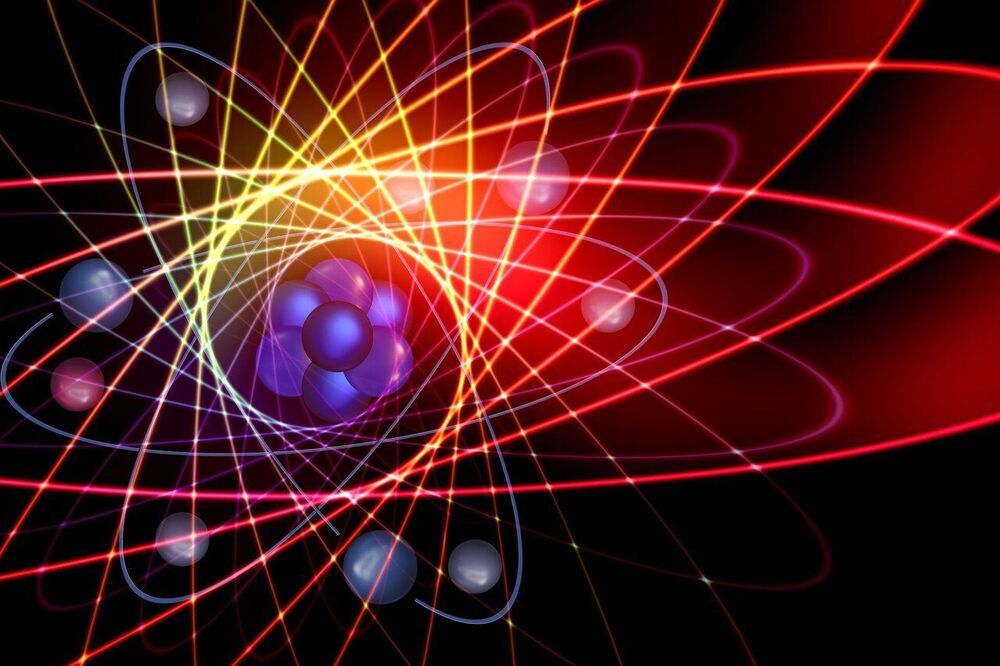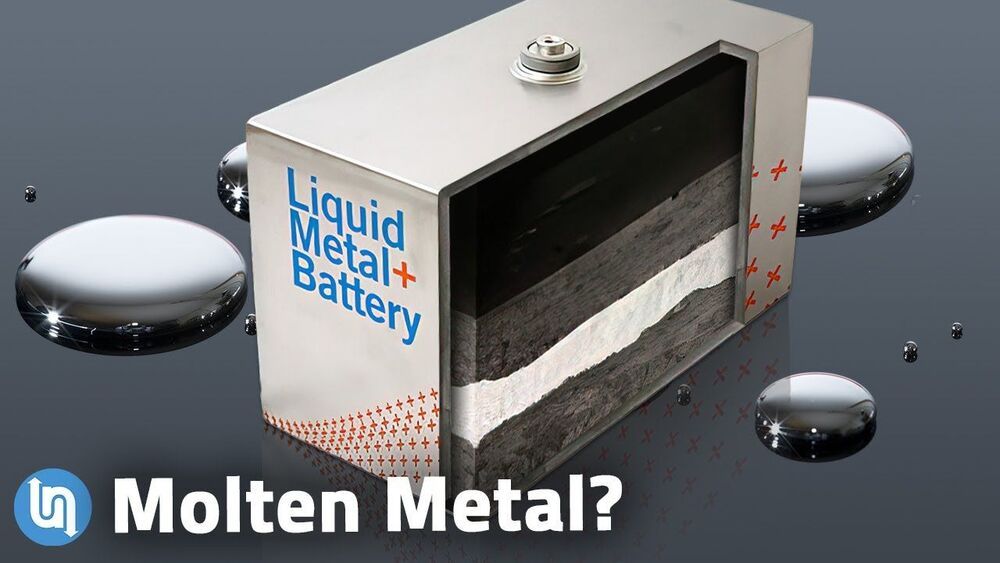Jul 20, 2021
Exploring Massless Energy Battery Breakthrough
Posted by Johnathan Doetry in categories: energy, information science, sustainability, transportation
Get Surfshark VPN at https://surfshark.deals/undecided and enter promo code UNDECIDED for 83% off and 3 extra months for free! What if we could take a battery pack’s weight out of the equation? Imagine a car that has no battery pack because the car’s structural battery is the pack? Let’s explore massless energy storage and how a recent breakthrough could be a dramatic shift in how we can store energy in phones, planes, cars… you name it. Watch Exploring When Solid State Batteries Will Arrive: https://youtu.be/3PyXQ0UXk9w?list=PLnTSM-ORSgi7UWp64ZlOKUPNXePMTdU4dSimulation from FLOW-3D®, developed by Flow Science, Inc. (www.flow3d.com).Video script and citations:
https://undecidedmf.com/episodes/exploring-massless-energy-b…hFollow-up podcast:
Video version — https://www.youtube.com/channel/UC4-aWB84Bupf5hxGqrwYqLA
Audio version — http://bit.ly/stilltbdfm.
👋 Support Undecided on Patreon!
https://www.patreon.com/mattferrell.
⚙️ Gear & Products I Like.
Tesla and smart home gear:
https://kit.co/undecidedmfUndecided Amazon store front:
http://bit.ly/UndecidedAmazonFun, nerdy t-shirts:
http://bit.ly/UndecidedShirtsAbstract Ocean Tesla Accessories:
15% Discount — Code: “Undecided“
http://bit.ly/UndecidedAOJeda Tesla Wireless Charger/USB Hub:
http://bit.ly/UndecidedJedaTesla Referral Code:
Get 1000 free supercharging miles.
or a discount on Tesla Solar & Powerwalls.
https://ts.la/matthew84515Visit my Energysage Portal:
Research solar panels and get quotes for free!
http://www.energysage.com/p/undecided/ Or find community solar near you:
https://communitysolar.energysage.com/?rc=p-undecided.
👉 Follow Me.
https://twitter.com/mattferrell.
https://twitter.com/undecidedMFInstagram.
https://www.instagram.com/mattferrell.
https://www.instagram.com/undecidedmfFacebook.
https://www.facebook.com/undecidedMF/Website.
https://undecidedmf.com.
📺 YouTube Tools I Recommend.
Audio file(s) provided by Epidemic Sound.
http://bit.ly/UndecidedEpidemicTubeBuddy.
https://www.tubebuddy.com/undecidedVidIQ
https://vidiq.com/undecided.
I may earn a small commission for my endorsement or recommendation to products or services linked above, but I wouldn’t put them here if I didn’t like them. Your purchase helps support the channel and the videos I produce. Thank you.

















